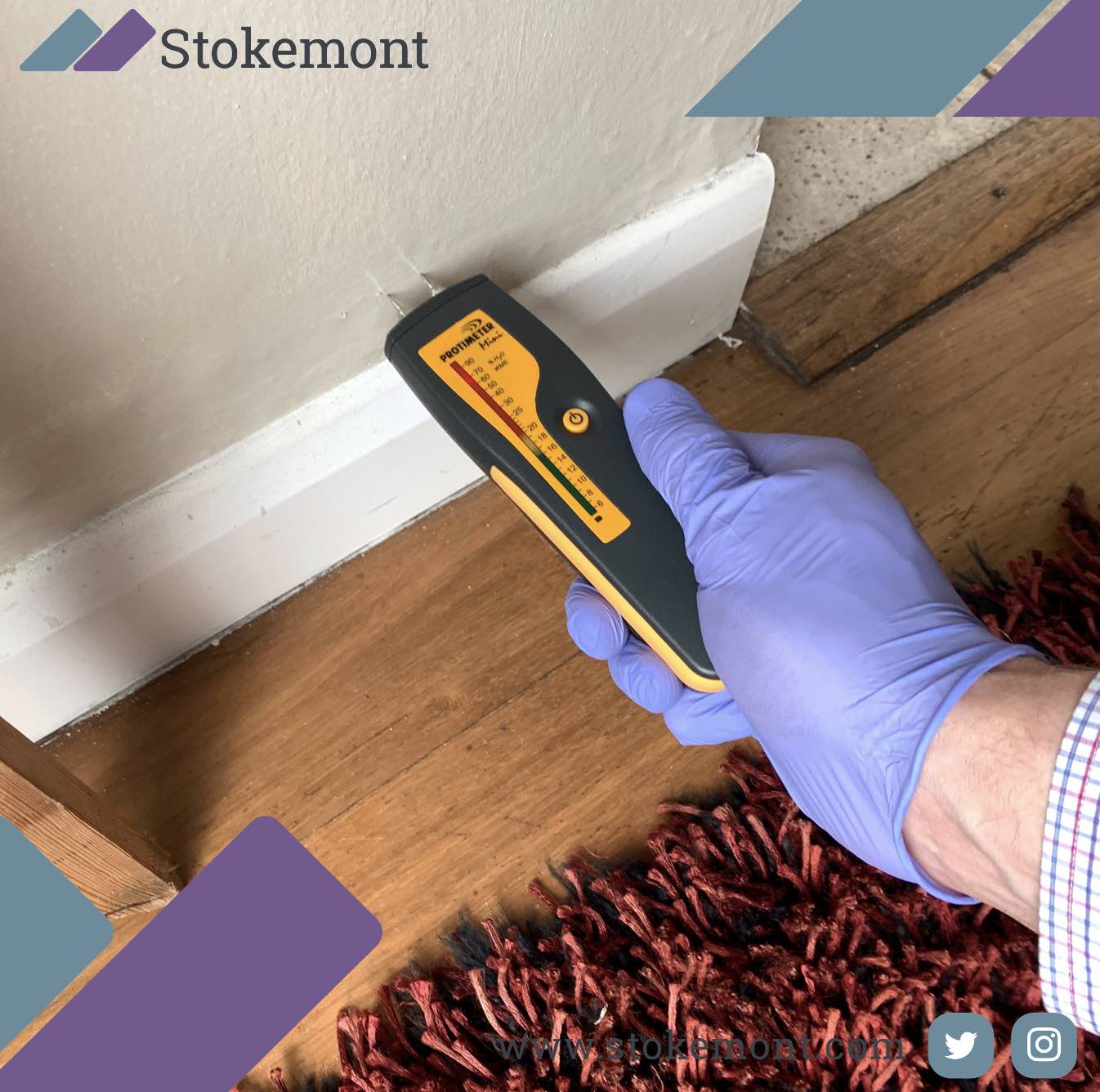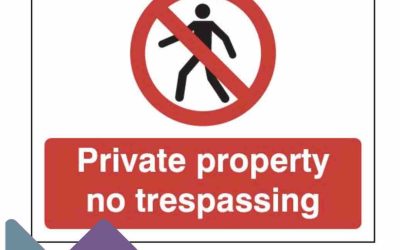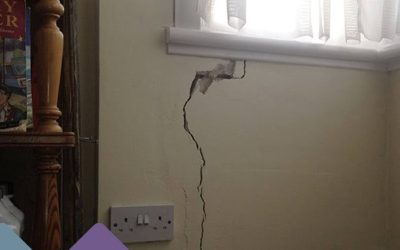In this week’s two part property surveying blog post, we are going to be looking at damp, the cause of it and how to quickly spot it before it ruins your property appearance, value, performance and even possibly you or your family’s health. This is the second part of the blog post!
Penetrating Damp, the main culprit!
Penetrating Damp is when there is a continuous flow of moisture or water present through the walls and roof. unlike rising damp, penetrating damp, can happen at any level of your property.
One of the first indications of penetrating damp could be a watermark that appears on your wall. If a penetrating damp is left unattended and to flourish, it can cause deterioration to the fabric of your property including damage to walls, floors, ceilings and can even cause rot to timbers.
When it comes to damp penetration, forces such as:
- Wind pressure
- Gravity
- Heavily continuous rain or freezing weather
Should all come to thought, as these regularly play lead roles in the “penetration” of damp.
Penetration will occur where the building is unable to prevent water entry. Water is known to be a “mischievous child” driven by wind and gravity especially during adverse weather.
Water and freezing weather are known to be external walls worst enemy, any opportunity for water and moisture to penetrate will be very much taken with both hands, so opportunities such as cracking to brick work, shrinkage to mortar joints, or small movement due to bondage or wall tie failure should be faults to be very much aware of.
The following design features increase the risk of water entry into a building:
The location of the property
Buildings that are in exposed locations, facing the full raft of the winds, will be more vulnerable to wind driven water ingress.
Inadequately constructed roofs
The minimal projection of the roof at eaves levels as well as the absence of support to the underfoot at eaves, or the underfoot not being dressed into gutter can all lead to substantial water ingress thus leading to damp issues.
Water table
The local water table should be researched because of the damage that can be caused by rising water levels in many other locations. In some cases, this will include checking for the risk of flooding in specific locations. Seasonal factors may affect the level of groundwater, as well as the presence of vegetation or its subsequent removal. The condition of dreams and pipes within the ground can adjust these levels both up and down.
Generally speaking, there are number of factors which can cause damp or water ingress, some general causes of dampness would be as follows:
Please find below other most common causes of damp penetration:
- Dropped arches of window openings
- Rusted down pipes or broken joints
- Movement cracks
- Badly fitted windows with gaps
- Cracked render
- Coatings without drips
- Overflowed copperheads,
- Rusted downpipes or broken joints
- Blocked gutters can result in rainwater splashing against wall
- Defective pointing
- Poor-quality bricks
- Inadequate chimney parapet flashings or poor flashings at junctions
All of the above are opportunities for water to find its way into the walls which would then lead to damp penetration.
As can be noted from this blog, a number of factors and reasons can lead to damp, it’s also not uncommon for factors such as condensation, leaks, rising damp and penetrating damp to occur all at once so it must be analysed with an open mind.
If you are unsure which of these damp issues addressed in this blog are causing the issue, then it is important to contact a damp specialist to inspect the entirety of the property.
Equally, If you are planning on purchasing a new property and the current seller is unsure whether there is any presence of damp or historic signs of damp, we would strongly recommend appointing a Surveyor to carry out an Pre Purchase RICS HomeBuyer Report on your behalf which would flag up and report on any issues to do with the property thus providing you sound of mind when finalising the exchange.
Please do not hesitate to get in touch by clicking here, as our team would be more than happy to assist with your potential purchase.




